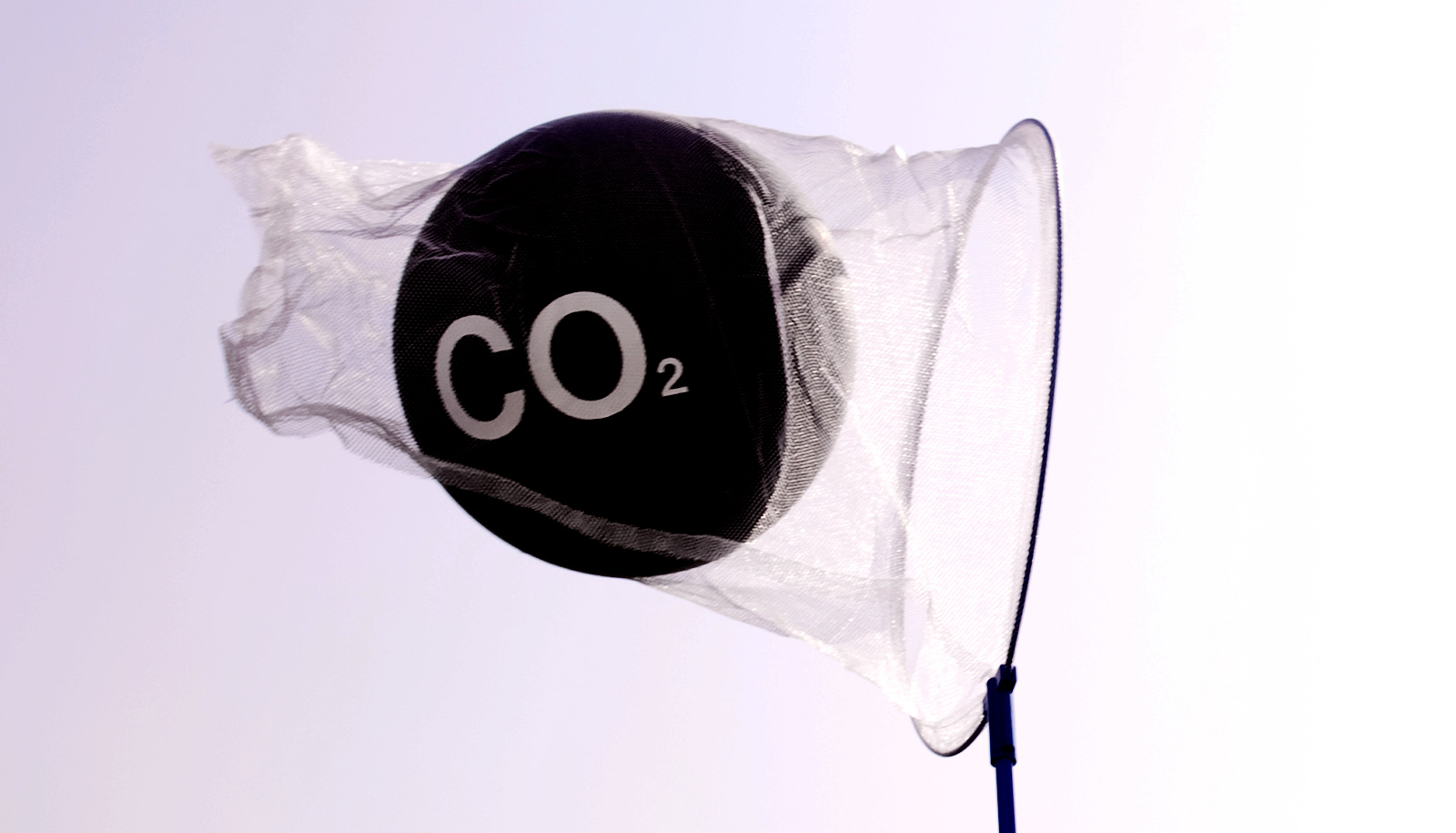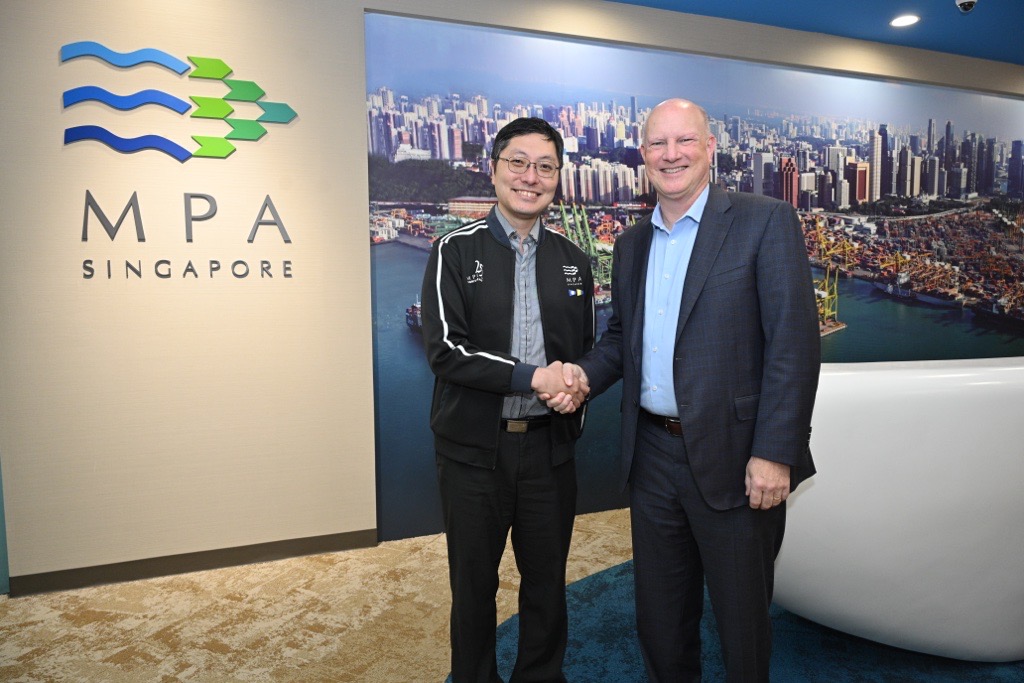The potential of being able to capture CO2 emissions from a ship's exhaust for disposal, storage or use is attractive, even if not yet proven, There are also CII, EEDI and London Protocol questions that will also need to be resolved before industry can feel it can trust the technology.
Carbon capture, the ability to remove CO2 emissions from the point of emission and either store it, sequester it or even reuse it, has become a technology hope for many industries that are seen has hard to decarbonise. Shipping is also in the running to be a big fan of this nascent technology which has yet to prove itself, has few rules around it, and which even the International Maritime Organization has yet to address.
There are at least nine technology firms with aspirations of selling carbon capture technologies to shipowners or shipbulders; none are fully up and running or able to answer detailed questions about efficiency and percentage levels of CO2 capture from ship exhaust, nor what to do with the captured CO2.
Additionally naval architects cannot yet use carbon capture in their design efficiency calculations because there is no factor in the energy efficiency design index which all newbuilding’s must be benchmarked against.
There is an additional challenge which the IMO has to address but has not had time at the 79th meeting of the marine environment protection committee, and this is the conflict with the London Protocol on waste dumping, specifically with CO2 waste and the need for bilateral agreements for its eventual sequestration.
If carbon capture systems are used onboard vessels the removed CO2 will need to be stored onboard and then discharged ashore, becoming then a waste product and subject to the rules of the London Protocol which all CO2 set to be sequestered will need to be.
With large land-based greenhouse gas emitters such as power plants and cement makers, this issue will be part of the process of setting up a third country storage arrangement, but with shipping with multiple ports of calls in various states, it may be more problematic for the CO2 to be exported in compliance with the Protocol and its amendments.
Amendments to the protocol in 2008 allow for storage under the seabed and the transboundary transfer of CO2, for sub-seabed storage, but the amendments have not been ratified by enough member states to allow it to come into force.
Norway, which is promoting its Longship/Northern Lights solution for large emitters to use as part of their decarbonisation strategy, is seeking the IMO and the parties of the London Protocol to address the discrepancies to ensure onboard carbon capture technologies are not stymied by regulatory conflicts.
A paper from Norway into the IMO also notes that rewriting the protocol or creating new regulations for the utilisation of CO2 (such as in production of fuels) is likely to be more challenging than addressing the waste disposal route.
The Norway paper to IMO also notes that in order for onboard carbon capture to trials to go ahead maritime nations will need to issue exemptions to the Protocol, under Marpol annex VI regulation 3.
Additionally the paper points out that “The use of carbon capture technology on board a ship would require the use of additional fuel oil to operate the system. This could cause the ship to exceed the applicable required design indexes, which could be regarded a major conversion. It will also lead to a higher annual operational carbon intensity indicator (CII) than ordinary operation without the carbon capture technology system in use.”
With different capture technologies possibly offering different percentage of capture each system would need to be issued certification for EEDI, CII and to be accounted for in any future market-based measures.
A system would need to be created to properly register the volumes of CO2 captured and discharged ashore, as well as the destination of the waste.
































